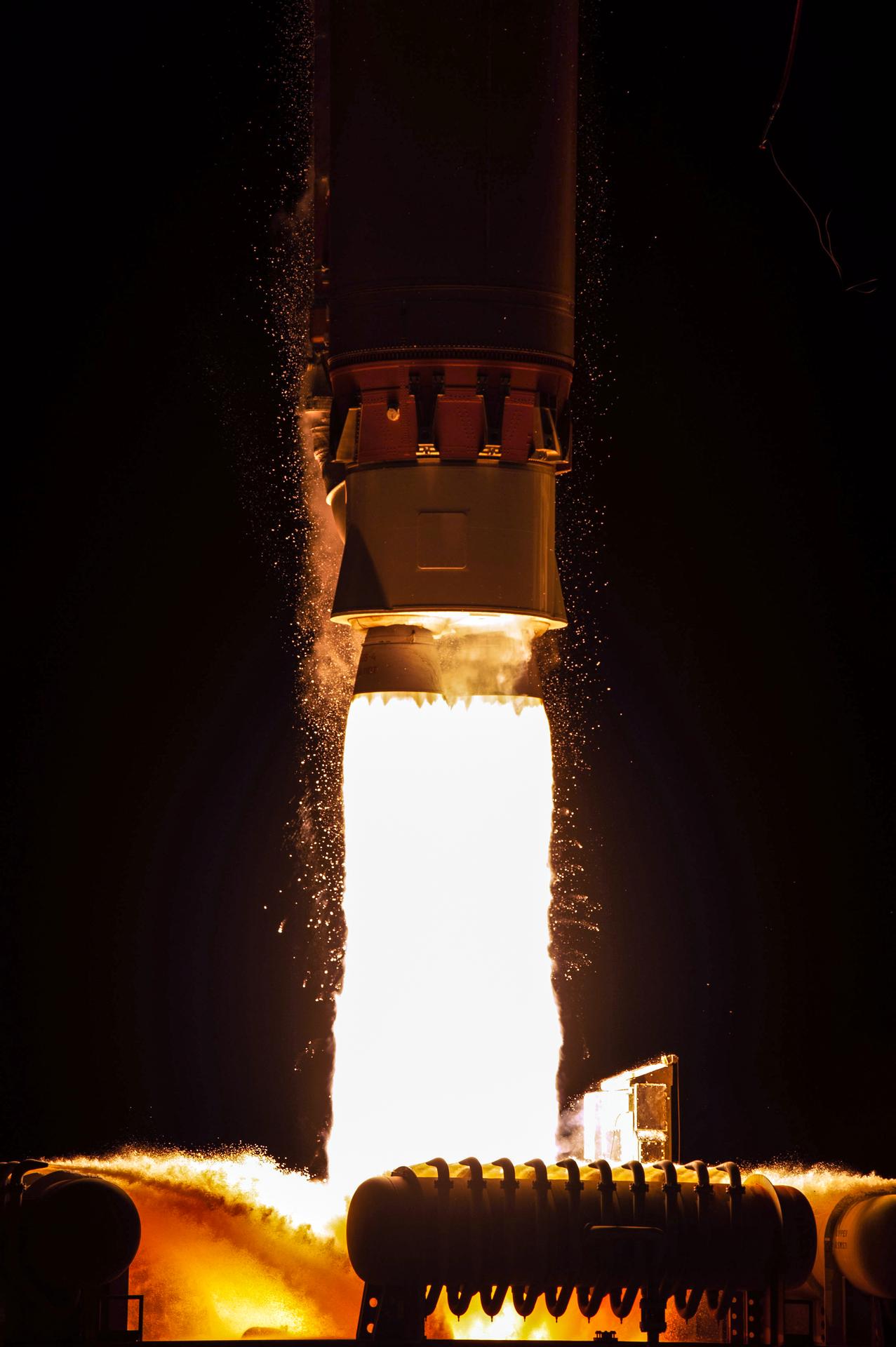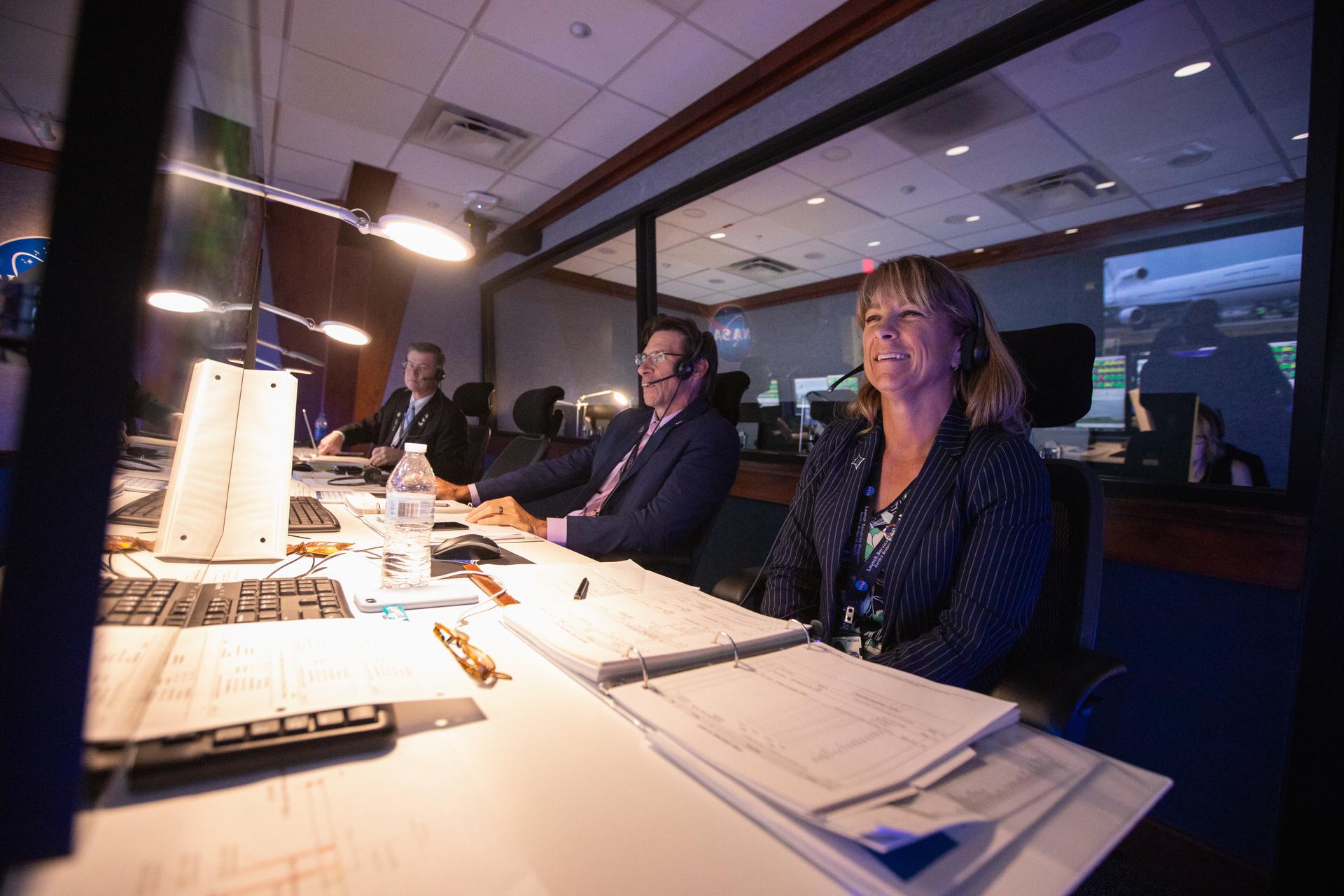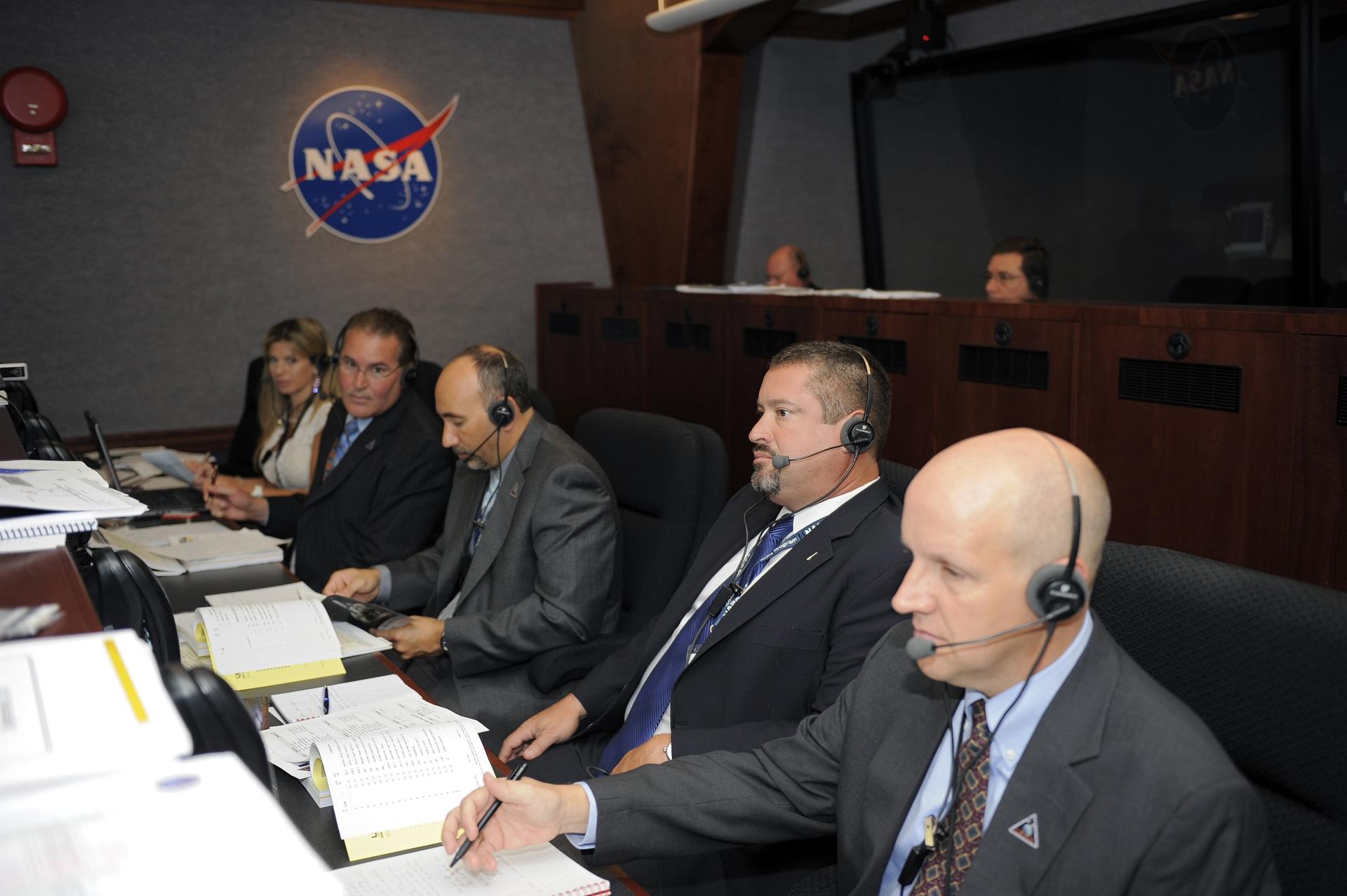
By Linda Herridge
NASA’s John F. Kennedy Space Center
Following the launch of the National Oceanic and Atmospheric Administration’s Joint Polar Satellite System-2 (JPSS-2) and NASA’s Low-Earth Orbit Flight Test of an Inflatable Decelerator (LOFTID) demonstration on Nov. 10, NASA celebrated more than a successful liftoff. The mission marked the 100th primary mission for the agency’s Launch Services Program (LSP), based at NASA’s Kennedy Space Center in Florida.
“Reaching 100 missions in our program is an incredible feeling and it is due to the commitment and dedication the entire LSP team brings to each of our missions,” said Program Manager Amanda Mitskevich, who has held various roles in LSP since its inception. “Every person in the program is focused on collaborative work and providing top-notch service to our mission customers.”

LSP is the first agency program managed at Kennedy. The program’s roots go back to the Expendable Launch Vehicle (ELV) Program, which was established at Kennedy when NASA consolidated all launch services across the agency. Since 1998, NASA’s Launch Services Program has been bringing together technology, business, procurement, engineering best practices, strategic planning, studies, and cutting-edge techniques under one roof. LSP acts as a broker, matching spacecraft with optimal launch vehicles.
“Through the years, the LSP team has grown its knowledge, capabilities and partnerships in the commercial rocket industry and has endeavored to improve its services and grow its reach in order to provide maximum value to the agency,” Mitskevich said. “LSP has the benefit of being the organization that participates in just about every mission that is launched for NASA.”
The program’s first mission, Deep Space 1, launched Oct. 24, 1998, on a Delta II rocket from Space Launch Complex-17 at what was then Cape Canaveral Air Force Station. Since that time, 55 missions have launched from Florida’s Space Coast, 40 missions from Vandenberg Space Force Base in California, three missions from Kwajalein Atoll, and one mission from Kodiak, Alaska, on a variety of rockets, including Athena, Atlas, Delta, Falcon 9, Pegasus, Taurus and Titan. The historic 100th mission launched at 1:49 a.m. PST on a United Launch Alliance Atlas V 401 rocket from Vandenberg.
“My first missions that were close to the transition were TERRIERS [Tomographic Experiment using Radioactive Recombinative Ionosphere EUV and Radio Sources] on a Pegasus and FUSE [Far Ultraviolet Spectroscopic Explorer] on a Delta II,” Mitskevich said. “In addition to being a mission manager at that time, I was also still working as part of the team that was transitioning and consolidating the ELV Program at Kennedy.”
Mitskevich recalls that Kennedy had not had a program responsibility of this size. “We had to hire and grow a lot of the expertise, since only a few people transitioned to our center from the other centers that were doing the work before consolidation,” she said.

LSP’s Omar Baez served as the NASA launch manager for 41 of the 100 primary missions, including JPSS-2 and LOFTID. He has been with LSP and its predecessor organization since 1993 where he served as a propulsion and mechanical engineer on Scout, Pegasus, Delta II, Atlas/Centaur and Titan launch vehicles. He has since directed launch campaigns for high profile NASA missions such as the two Mars Exploration Rover missions, the Spitzer Space Telescope mission, Deep Impact and New Horizons.
His most memorable missions were the Mars rovers, including Spirit, Opportunity, Curiosity, and Perseverance. “I was privileged to serve as launch director for all of them,” Baez said. “The impact they have had on humankind around the world is beyond belief.”
Baez’s most challenging mission was New Horizons, which flew past Pluto and continues to explore the outer solar system. The 2006 launch was the first government mission on the Atlas V 500 with a full complement of solid rocket boosters, a third stage, and a nuclear-powered spacecraft. “To throw in some bonus points, we also had a hurricane come through that damaged some components, and we had a very short launch window,” Baez said.
Time and again, Baez, and all the rest of LSP’s employees have overcome whatever technical challenges they faced during the past 100 primary missions.
“The program continues to provide safe, reliable, and cost-effective services to the space industry because of the impressive influx of new talent,” Mitskevich said. “It makes me think that the next 100 missions will be just as memorable as the first 100.”
























